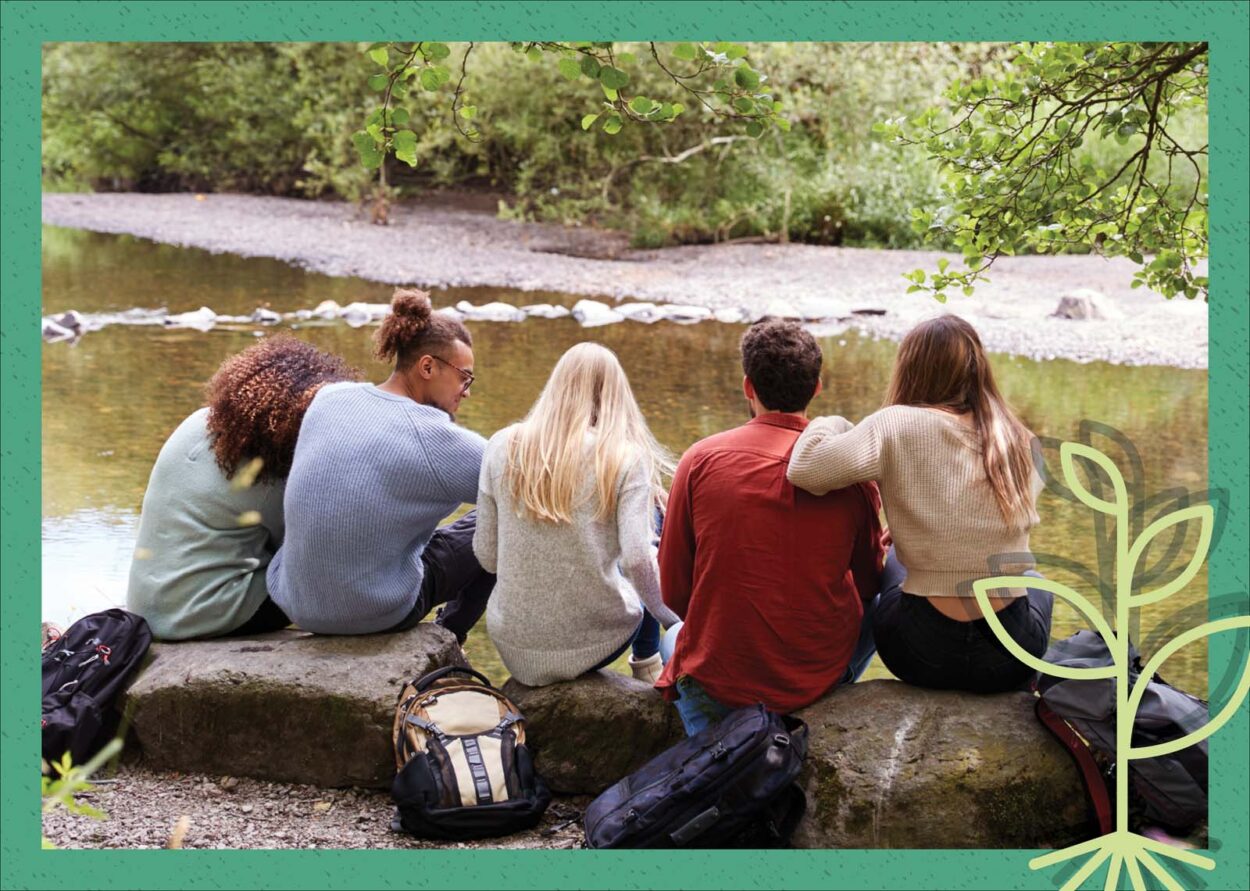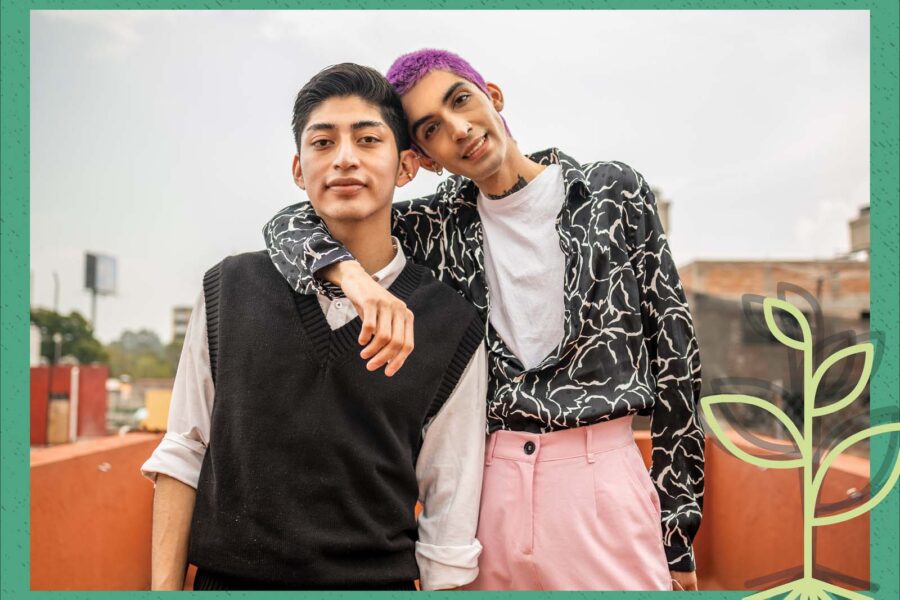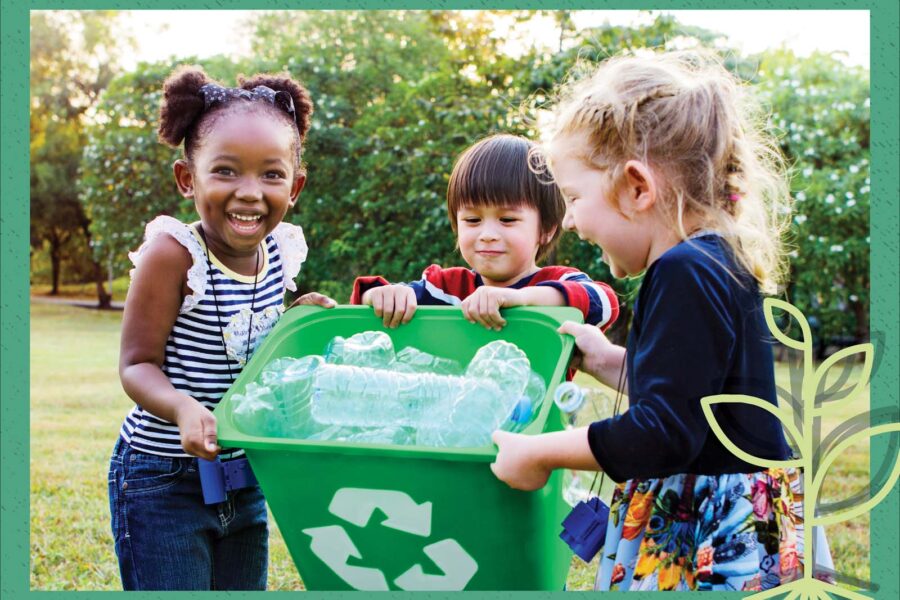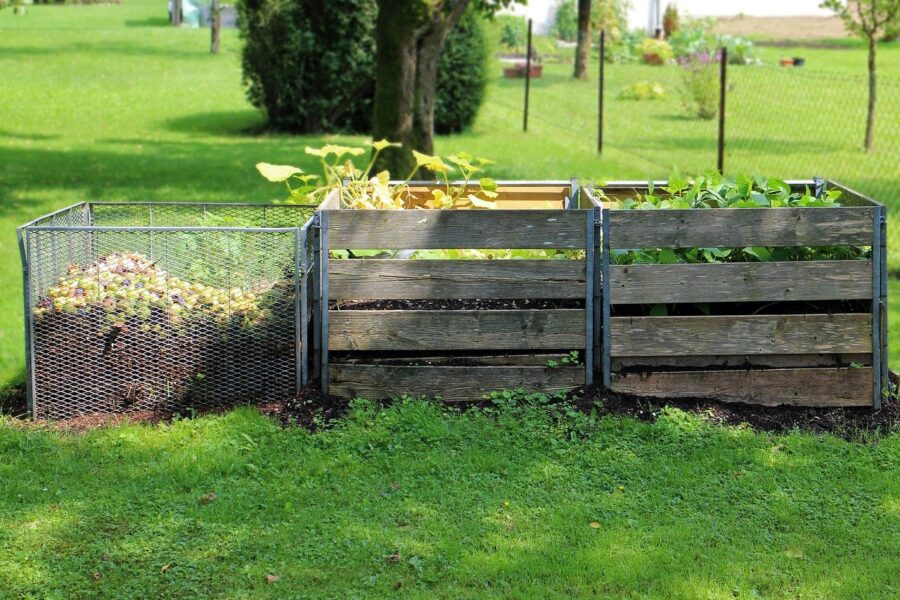Solving global problems requires looking at the whole picture—and sometimes that means getting your hands dirty. In this conversation with environmental studies experts Jim Jordan and Dawn Murray, we hear why their work often involves studying across disciplines—and across the globe. They are clear about the benefits they see from studying in different environments all around the world—from gaining a deeper understanding of the problems our planet faces to creating meaningful connections across cultures.
Subscribe: Apple Podcasts | Spotify | Stitcher | Google | Simplecast
Episode Notes
Dawn Murray directs the BS in Environmental Studies, Sustainability, and Sciences for Antioch Online.
Jim Jordan is the Director of the Field Studies Program for Environmental Studies at Antioch New England.
Keep a look out for Dawn’s forthcoming book titled Monpa Traditional Plants: Indigenous Knowledge from a Himalaya Healer.
Read a recent profile on Dawn written by Jasper Nighthawk for our online news site Common Thread.
This episode was recorded November 19, 2021 via Riverside.fm and released December 15, 2021.
The Seed Field Podcast is produced by Antioch University.
The Seed Field Podcast’s host is Jasper Nighthawk, and its editor is Lauren Instenes. Special thanks for this episode goes to Karen Hamilton and Melinda Garland for their contributions.
For information about this and past episodes and to access a full transcript, visit theseedfield.org. To get updates and be notified about future episodes, follow Antioch University on Facebook.
Guest Bios
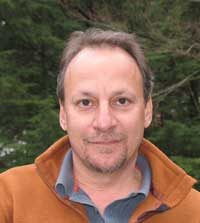
James Jordan, PhD, is the Director of the Field Studies Program for Environmental Studies in New Engalnd. He is interested in how humans drive or respond to short- and long-term (10s to 1000s of years) changes in local and regional environments and landscapes, and how land-use patterns have been (and must be) informed by climatic and geologic boundary conditions and the distribution of natural resources. Much of his work focuses on biophysical evolution of coastal and nearshore environments in the North American Arctic and sub-arctic, in regions where coastal changes are dominated both by geologic and climatic processes.
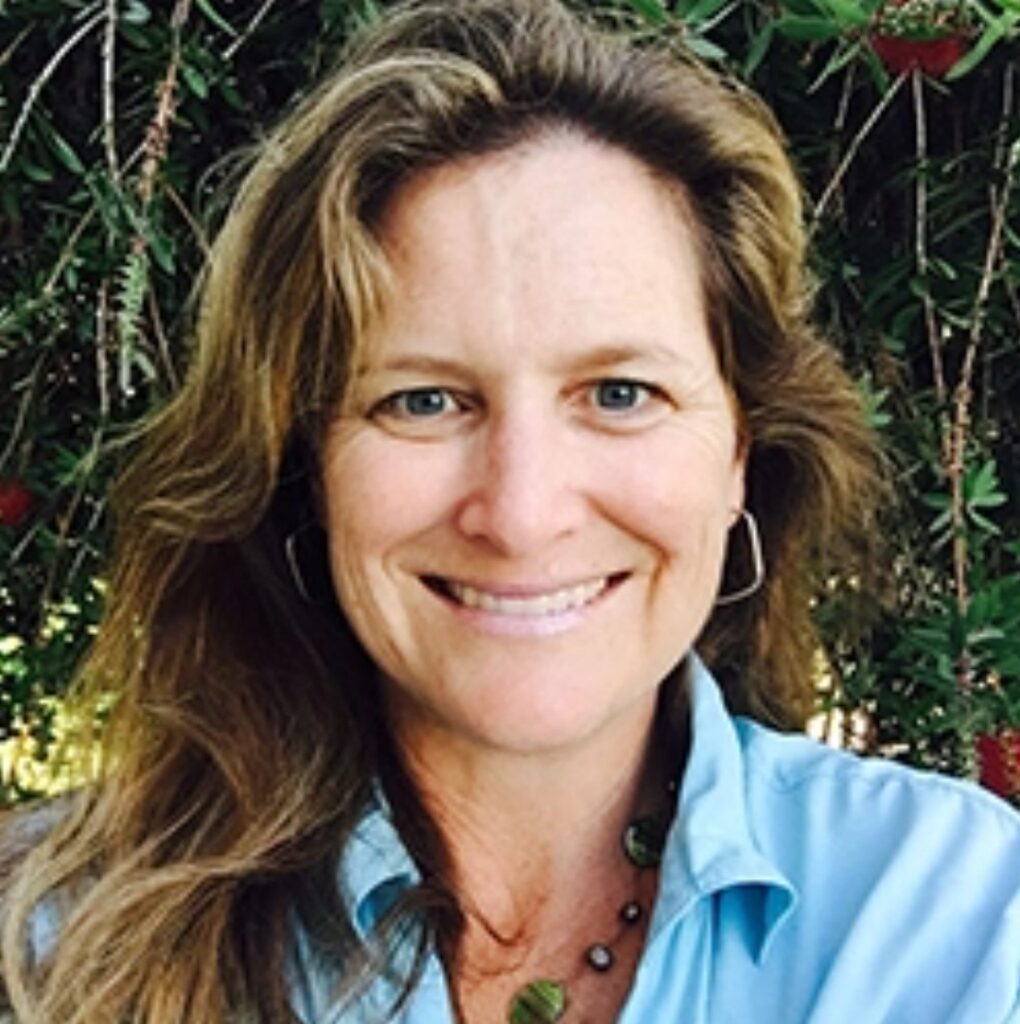
Dawn A. Murray, PhD, is a Professor in the Environmental Studies Department at Antioch University. She teaches undergraduate and graduate courses covering diverse topics including conservation biology, earth systems, climate change, and marine science. Dawn is the Director of the BS in Environmental Studies, Sustainability, and Sciences Program. In addition, she is an advisor in the MS ES Conservation Biology concentration. Her research focuses on participatory conservation and co-designing methods that equitably integrate communities and stakeholders in conservation solutions.
S2E8 Transcript
[music]
[00:00:19] Jasper Nighthawk: This is The Seed Field Podcast, the show where Antiochians share their knowledge, tell their stories, and come together to win victories for humanity.
I’m your host Jasper Nighthawk. Today, we’re joined by two science educators for a conversation about why an environmental studies education has to reach beyond the classroom, and what we all stand to gain when we leave our regular environment.
Today, we live in this age where the interconnectedness of all of our environments has never been more clear. I think that this means that the subject of environmental studies has become more important than ever. I have a lot of questions to ask. I think we have the perfect guest to have this conversation, and I want to jump right now by introducing Jim Jordan.
Jim is core faculty in the environmental studies and sustainability program at Antioch New England, and he’s the long-time director of their field studies program. He has a PhD in geography. His research interests include early human settlement and climate change in Alaska where he’s done a lot of work on the ground. Today Jim is actually joining us from Butare Rwanda. Welcome to The Seed Field Podcast, Jim.
[00:01:31] Jim Jordan: Thanks, Jasper. I really appreciate it. Appreciate the opportunity to be with you and on this podcast, and with Dawn Murray, my colleague as well.
[00:01:41] Jasper: Our other guest is as you just said Jim, Dawn Murray. Dawn is the director of Antioch’s Bachelor of Science in Environmental Studies Sustainability and Sciences. She’s also a long-time undergraduate educator at our Santa Barbara campus, and her research is largely about the shoreline. She holds a PhD in ocean science. She has a new book coming out soon called Monpa Traditional Plants, which is based around her conversations and collaboration with an elder healer from the Monpa people in Bhutan. We’ll talk about that too a little bit later. For now, welcome to The Seed Field Podcast, Dawn.
[00:02:18] Dawn Murray: Thanks so much for having me, Jasper.
[00:02:20] Jasper: I want to start our conversation. I think this is something we’ve been trying to do more on this podcast and, in general, I think people could stand to do more, which is disclosing for anybody who’s out there listening, the positions that the three of us are coming from. I think especially when you’re coming in people’s ears through their headphones, there’s a way that we can hover as these disembodied voices of authority. I think it’s important that we make clear that we’re specific people coming from specific places and backgrounds, and this influence us.
Especially as we navigate a world of injustices, and imbalances of power, and between nations often dynamics that engage with the history of colonialism, all sort of things. In that spirit, I want to disclose that I am a white cis-gendered man. I hold an American passport. Also, this isn’t true for all Americans, but I’ve had the privilege of spending a lot of months of my own life overseas. Maybe, Dawn, I could throw it to you. What is your position in this conversation?
[00:03:20] Dawn: I’m a white cis-gendered female. I too hold an American passport. I’ve been privileged to spend months probably if you add them all up overseas, and I am a single mother of two teens, a sister, and an auntie.
[00:03:39] Jasper: Thank you so much for sharing that. I also just love a little bit of extra information that helps us really orient like, being a mother or being a parent changes the position you come from. Jim, can I ask you the same question? What’s your position as we start this conversation.
[00:03:55] Jim: I would broadly reflect what you two have said. I’m Cis Caucasian male person. I hold an American passport. I do have a resident visa in the country I’m living in Rwanda right now. Again, that’s I think a position of privilege here. I have had the great good fortune to live in many countries and study in many countries around the world. I do feel privileged in that regard, but there’s also some stresses that come with it as well.
[00:04:28] Jasper: Yes, of course. Everything is two sides of a coin. I think that we should just jump right into both of your stories because we are much more than just our positions like what we might report on a census form. Maybe we could jump right in with you, Jim. I want to know why you have chosen to spend so much of your time in other countries? I think a way into that question is, what was the first time you engaged in environmental studies outside of the U.S, and what was that like?
[00:04:57] Jim: We could spend I think a lot of time, the whole segment probably on our experiences in this regard. My first experience is as a recently graduated undergrad from University of Missouri and had the fortune in my last semester there to be in a class with a physical anthropologist who’s doing archeological research in the central coast of Peru. I signed on and I was able to spend about five months in Peru. That switch of gears, that landscape just was so enamoring. The desert, rising to mountains, and just a beautiful Pacific Ocean next to it. It just stuck with me forever.
[00:05:43] Jasper: Yes. I can’t imagine a bigger difference than Missouri and the desert in Peru. You’ve also spent all of this time in Alaska, which is also just a very stirring physical space.
[00:05:57] Jim: Just to put a plugin for any landscapes, there’s beauty and subtlety as well. People say, for example, Kansas, and Nebraska, Oklahoma, Texas panhandle super flat. Yes, they are, but why are they flat? There in lies the beauty of landscape.
[00:06:17] Jasper: I love that. We’re already opening up these questions of different ways of seeing the world, and I think sometimes you have to go abroad or you have to go far away to recognize what you have at home.
[00:06:27] Jim: I totally agree.
[00:06:28] Jasper: Dawn, I want to get your story too. I know your backstory a little bit better than I know Jim’s because earlier this year, I got to write a profile of you for Common Thread, our university news site. I want to ask you the same questions that I asked Jim which is, what was your first experience of practicing environmental studies beyond U.S borders?
[00:06:47] Dawn: My first was as an undergraduate. I did a semester abroad in Costa Rica, and it was a tropical forest. We were stationed in Monteverde Costa Rica, so that’s in a cloud forest, and lived with a host family. I had just the most incredible experience. We were doing classes, but we also had research projects. I was studying the nectar preferences of a butterfly.
In my host family, are two younger children, and they started joining me to do my research. It was really the community there that stuck with me. They were so welcoming to the students, welcoming us into their homes, into their lives, into their dinner tables. I just felt a real sense of wanting to give back, and work with them, and support their efforts. At that time, there wasn’t as much land protected as there is now.
I just became enamored, kept in touch with them for years. In the last five years, I brought my kids there. We lived there for six months, and I taught there. My host family and I hung out the whole time. It’s just a connection to place, I guess. I’m very, very fascinated by– As Jim was talking about landscape, topography, and what grows where and why. A connection to place is part of almost– It feels like it’s part of my blood and bones, the land.
[00:08:31] Jasper: I love that.
[00:08:32] Jim: Before Dawn said that, I thought about that same phrase, connection to place. I think that’s going to animate our whole conversation today. In everything we do, regardless of the scales, we’re talking about temporally and spatially, it’s about connection to place and resonance with place. Place means also community, and it means time and history as well. I couldn’t agree more with what Dawn has just said.
[00:09:00] Jasper: That’s so well put both of you. What I caught from both of your stories is that, you both experienced this actually as undergraduates, and that these were very formative in determining the rest of the shape of your life. I want to turn and talk about field studies in the context of education, in the context of both students and researchers. Before we do that, I want to make sure that I understand the term environmental studies.
I think a lot of people have experience with environmental science. I took AP environmental science when I was in high school. My understanding is that environmental studies is bigger than just environmental science which– Environmental science, you might take temperature readings of streams or soil, or do population surveys, or try and model these things. That’s part of environmental studies, but environmental studies is this bigger tent that also includes anthropological questions and regulatory questions, but I’m not sure that I understand that quite right. Maybe I could throw this at you, Jim, what am I missing in my understanding of environmental studies?
[00:10:04] Jim: Well I think that you’re probably not missing much. I think you touched on it. Environmental studies really is a broad field. It’s an interdisciplinary field. It is a field that relies, it depends on ways of knowing the world integrated from other disciplines. I don’t remember who said it. Oh, it was James Lovelock, said, “Why would anyone study chemistry or biology or physics, or geography, or anthropology, in isolation from each other,” because they’re not isolated they’re one in the same whole.
I think environmental studies at large tries to get at that whole. We like to be encouraging of students to follow the paths that they really want to pursue but we want to make sure they contextualize what they’re studying in this broader, so what does it mean for the world? I think maybe that’s in a nutshell whatever say is environmental studies.
[00:11:13] Dawn Jasper I just want to add to your question about environmental studies and sciences. I as a doctoral student in ocean science, you know we were specifically studying just the ocean. While I love the ocean and all the dynamics, physical, and chemical oceanography, what’s fascinating to me about the environmental studies field is the connections.
As Jim was saying, it’s all connected. You are looking at all the aspects and the notion that to solve pollution in the ocean you are really going to be dealing with people on land, and agriculture, and communities, and wastewater treatment and the economics and social aspects of that problem. It just brings more of a collaborative approach to solutions for the environment in my opinion.
[00:12:19] Jasper: That makes so much sense. The way that you put it of you studying ocean sciences but actually realizing that it was more connected with everything else even within the research that you’re doing. I want to talk about how field studies fit into this discipline which I think you both have really captured and drawn out for us. Jim, you’ve been the director of field studies for the environmental studies department at Antioch New England for almost a decade. What is the importance for students in the programs that you run there to undertake big research projects?
[00:12:54] Jim: Well let’s narrow that a bit. What is the importance for students to engage in field studies? All right. Now, I’ll put it to you quickly Jasper. In your life, and let’s say before college, even before high school did you go on field trips?
[00:13:14] Jasper: Yes, absolutely. They were like what I looked forward to all year.
[00:13:19] Jim: Okay, and did they stick with you or did some of them stick with you?
[00:13:23] Jasper: Oh, yes. I took a biology class my freshman year of college and we took a lot of field trips and that was by far the most impactful science class I ever took.
[00:13:33] Jim: Therein lies I think the power of field studies and field curriculum. It need not be an overnight trip, it could be an afternoon excursion but of course, there’s that immersive learning part of it. No doubt about it. I think just as important is the building of community that just is unparalleled in a curriculum to go and spend time with a group of people and become colleagues and visit with experts in the fields, with indigenous groups, with stakeholders and really gel together as a group of folks on this learning endeavor is unparalleled, it’s transformative.
That’s why I asked you the question when you’re in grade school you take fields trips and I did too. Some of them, a few of them just resonate with me to this day and I was maybe 8 or 9 years old, 10 years old had nothing to do with environmental studies, but they were out in the field. I just viscerally remembered some of the things you were looking at, some of the experiences just it’s transformative. It sticks with.
[00:14:50] Jasper: Yes. That’s throwing that question at me which is always nice as an interviewer to get one back. Like my mind is now full of like a trip to an egg-taking station when I was probably eight or seven. Dawn, I want to bring you in. I know that you’ve taught– you mentioned teaching in Costa Rica, returning to this place where you had this transformative experience as an undergraduate and now being a professor, but you’ve also taught in Bhutan and the Galápagos Islands. I’m curious in your capacity as a scientist and teacher and environmental studies, what have you and your students gained by doing these trips and embedding yourselves in these contexts?
[00:15:30] Dawn: What a great question. I started this foray with a 10-week natural history course. It was eight field trips and the students loved it. We would meet at various locations at a mountain, at a beach, at a river, at a lake and just learn about conservation issues, ecology, endangered species, managing those areas.
There is something very inspiring, very for kinesthetic and visual learners, something so important about being in the field seeing the plant, touching it. Smelling the land, the dirt, seeing the landscape just settles with them and it’s something they don’t forget.
That inspired me to put forth proposals to take a group of students to Bhutan. Those students were able to witness their first-ever Monpa Day. These are the indigenous people of Bhutan and that was a very long way to go for the students. We had the most extraordinary time. It changed their life. That has been what’s motivated me to keep going.
[00:16:50] Jasper: You guys are both such great ambassadors for the idea of field studies and the idea of studying abroad. You definitely are making me want to do that right now, but I’m glad Dawn that you brought up the Monpa, the indigenous people of Bhutan who you’ve done actually more considerable work with.
I want to talk because this is a question of the ethical stance of Antioch that inspires the show, and inspires a lot of the work that we do of trying to go through the world and promoting environmental but also social justice. When you go to another part of the world even if you’re you know largely looking at the landscape or the birds and the trees, there’s also always people who live there.
When I was planning for this, I was thinking about– I read a biography of Alexander von Humboldt the explorer and early naturalist. He traveled throughout South America and the Americas but was not particularly interested in what the indigenous people who lived in those places knew or noticed. It seems like this has really been a shift and one I totally celebrate over the last couple of decades in the teaching of these subjects and in the way that people in a Western context approach other countries.
I want to start with you Jim, this spring you taught a class on global environmental change and you were looking at kind of different timeframes of the way that our world has shifted. As you’re studying this with these students, you make space to explore as a whole topic, indigenous knowledge, and environmental change.
I want to draw you out on this. Why is it that when we’re confronting something as massive as worldwide climate change and climate catastrophe really, why is it important that students and also citizens at large listen to indigenous voices and traditions and study with and alongside them?
[00:18:43] Jim: Well I think we could– well not think, I know that we could spend probably two podcasts on this at least maybe a whole season of podcasts on this very issue. Let’s talk about time. Would I in all my classes whether they are field based or based on campus, scales of time are critically important. This gets back to the understanding of landscape, landscape history, ecology, palaeoecology, all of which humans have played a central role not for 300 years, not for 3000 years, not for 30,000 years, not for 300,000 years.
Let’s talk three million years, but for purposes of where we’re at today. We talk about change during the last 200 or 300 years. Yes, the industrial revolution and what we’re faced with, 300 years is a drop in the buckets. It’s a fart if you will. We need to be thinking about 3,000 years in the past 300 to 3,000 years in the future. When we look at those sort of time scales and we study landscape, and people, and adaptations over the centuries in
the places we live, in the landscapes that we know today, we have to draw on past ways of knowing, indigenous knowledge. It’s critical to understand who the inhabitants of a place were, how long their tenure was, how they steward lands, how they manage the lands.
What – the class Systems in Climate Change – students do a semester-long research project called State of system project. They choose a part of the world to study, really dig into, and use as a reflection of the course content through the semester. Really, without exceptions, students will assign papers for the class to read that really get to indigenous management of landscapes, indigenous co-management practices, indigenous histories, and how those approaches to landscape management influence policy today.
It’s a big, big issue, but we get at it from a number of directions and I’ll just go back to look at your landscape, what does it tell you? Who’s been there? What’d it look like? Who was there 300,000, 500,000 years ago? What’s it going to look like 300,000 years from now.
[00:21:22] Jasper: That’s so interesting. It seems like such a valuable assignment. I know, I grew up in Northern California in Redwood country, and I know that we have had a lot of reckoning, at least I personally have in understanding the way that the people who lived there before, sort of white people came along and cut down 99% of every redwood tree that was alive, had stewarded that land, and it helped make these cathedral forests. Understanding these as human influence landscapes has been a revelation for me and I grew up with the idea that wilderness was something that actually existed.
[00:22:01] Jim: Yes, it’s interesting. I want to turn it over to Dawn quickly here, but I will just give a specific example. This really gets to embracing indigenous agency on landscapes and landscape management. Of course, that’s not across the board, given it happens in different places for different reasons. One of the field courses we did a number of years ago was to the Pacific Northwest. There’s a dam on the Elwha River that feeds into the Olympic Peninsula Bay.
It had really stopped salmon runs for decades and decades, and indigenous communities and in collaboration with policymakers and environmental organizations, NGOs, finally got this dam removed. It took about 40 years for that process to play out. Again, those are the kind of case studies that we like to focus on. It’s like, “Here’s how it was, what happened, how things can change.” It takes everybody working in collaboration.
[00:23:06] Jasper: Dawn, I wanted to bring you into this conversation. I know that you’ve done a lot of work directly with indigenous people and so I would love to ask you about this book that you’re about to publish, called Monpa Traditional Plants: Indigenous Knowledge from a Himalayan Healer. You were kind enough to send me the galleys of it, and I loved reading it. It’s really beautiful. It’s full of these great watercolors and also information about 17 different plants that are used medicinally by the Monpa people.
When you were making it, and it’s clear reading it, that you are not really telling us about this, you’re acting in collaboration to elevate the voice of this elder healer who you worked with named Ap Tawla. You’re really emphatic to give him credit, put his name on the cover, and to share his story. Can you tell us a little bit about the importance of collecting this knowledge and at the same time, the awareness that you bring into this work to respect and not replicate colonialist harms on the folks that you work with?
[00:24:12] Dawn: Yes. My work with the indigenous peoples really has been by invitation, and it varies how I get an invitation to meet with them, talk to them, hear their stories. I’ve been an ambassador with the tribal trust foundation and nonprofit. I’ve started my work with them in Tulum with the Maya. There are beaches in the Yucatán Peninsula that are covered in trash because of the ocean currents. They come right into that area and drop all the trash from the gyre off the coast, and then there’s literally mounds, six feet tall.
The first time I went, it was on invitation by the Maya people there saying, “We don’t have access to our beaches anymore and those that we do are filled with trash.” Now, that was a big project but what I learned in that time was, how to listen, and how to not interject my own wishes and desires, and realizing that there’s an incredible generational knowledge that indigenous wisdom has. Literally, knowledge and information passed down from generation to generation about when things bloom, the best time to plant certain plants, the best time to harvest, how to harvest.
Even things with plants, like locally here with the Chumash in Santa Barbara. There’s lots of poison oak, and there’s a plant that grows right next to it mugwort, that’s a natural antidote to poison oak. You could just scrunch up the leaves and rub it onto your skin if you hit and run into the poison oak, so much knowledge.
I guess, my work has been in listening has been with the Monpa specifically was, “Could you document this information,” Ap Tawla just asked. That is how the project started, is documenting his knowledge in a way that he wanted it done, bringing attention to his knowledge, and he didn’t have any people who wanted to follow and learn in his footsteps.
Now that urbanization is happening even up on these mountains of Bhutan some of the younger generation wanted to go and live in the cities. Since I started, I call it showing up, just showing up, he’s now had two young people who want to learn from him, which has made him so happy. He said, “Before you started coming to write down all of this, nobody was really interested.” He knew what needed to happen and how he wanted it to happen and that’s what I helped facilitate.
[00:27:11] Jasper: I love that. I feel like it’s almost the dream of anybody who’s interviewing that your interest in the person will dignify their work and their knowledge, and help them accomplish what they want to. Sometimes people just need that sort of an audience or someone who’s interested in collaborating with them.
[00:27:29] Dawn: That’s right.
[00:27:31] Jasper: Thank you for sharing all of those stories. Yes, your work with the Tribal Trust is so interesting. I should have put that in your introduction. That’s a way that you’re contributing internationally and also here in the US.
I love your principle specifically of being invited in, invited to do something. I feel like the early anthropologists of the 20th century, they were doing similar work to what you’ve done with this book but very much were like, “I’m here, tell me your stuff. I’m embedding in your community, get used to it.” This is a somewhat different approach, it feels like.
[00:28:07] Dawn: Completely, I hope, different approach. With a lot of indigenous groups, the word research is a very bad word because historically, people come in and quote, research, and make their own assumptions about things without actually listening. I’m trying to do exactly the opposite.
[00:28:27] Jasper: I want to ask a few quick questions just about what you’re doing right now before we get to the end. I know that you’ve been working hard this last year plus in designing and launching the new bachelor of science in environmental studies, sustainability, and sciences. This program is offered totally online but you also have these optional field study opportunities that students can travel to.
I know that it’s important for your students both to conduct observation and research within their communities, but also to travel and do work together with their other classmates and instructors in targeted field studies. I was curious, what was your thinking in setting it up this way?
[00:29:09] Dawn: Because it’s an online degree, I wanted there to be optional field studies, because of just the importance of that component. My thinking is everything that you just said, getting involved, meeting each other, having being part of a community, but also being in service to wherever we end up meeting. Maybe we do it near Santa Barbara, and we do restoration projects. We meet with NGOs in town and learn about policy and advocacy. There’s habitat and Creek restoration. There’s some indigenous groups that we could meet with to learn about fire suppression and fire management in these regions. It’s really for them to get a sense of the place wherever we choose to be.
That’s the key and learning how to reach out to these non-government groups if they wanted to volunteer, do a research project, so it’s just a way to open the door for them.
[00:30:14] Jasper: It’s such a cool course that you’re starting Dawn, congratulations on launching in.
[00:30:19] Dawn: It was a joint effort, it was not just me. There’s a lot of people involved.
[00:30:24] Jasper: Yes, of course. It’s such a massive undertaking. We always like to close the podcast, we’re unfortunately out of time, but we like to close it by coming up with some insight or piece of advice that came out of our conversation that our listeners can take into their everyday lives. This is like something not so intense as enrolling in a degree program, but maybe some way of orienting ourselves to the world. Jim, what is something that we can take away from environmental studies as a practice that would be useful for everyone to think about or act on in their daily lives?
[00:31:01] Jim: I think that something that I would like to really encourage everyone to do is travel early and travel often. It doesn’t need to be to a different state or a different country, but travel especially if you have kids, take them somewhere, let them experience other ways of looking at the world, other ways of knowing and environmental studies is a big part of it. It is like getting out of our comfort zones a little bit.
If I were the director of education in a state or federally, I would really encourage that K through 12 students be required to travel outside of the county in which their school is located for whatever field trip was available to them. That may be that not be focused on environmental studies, but it’s going to stick with them and that’s about learning about the environment.
[00:32:03] Jasper: That’s great. I loved hearing Dawn your ideas around, how to approach working with people in other cultures and specifically indigenous people. Dawn, do you have any suggestions for how people can go about learning about other cultures in ways that are respectful?
[00:32:20] Dawn: Well, that’s a great question. There’s two great books. Decolonizing Methodologies is one, and Critical and Indigenous Methodologies is another. In general, everywhere that you live, there might be an indigenous tribal group. Looking on the web, figuring out if they’re having events, if they’re welcoming people to events and just starting to go and listen and learn is a great way to start.
It can be a slow process, but the more you can educate yourself on ways that you might not have even realized, we have all been a part of silencing voices and not equalizing opportunities for all groups. The more you there’s a lot to learn, so that’s where I would say is a good place to start.
[00:33:26] Jasper: Those are such wonderful practice– We can put those in practice today of trying to find who the people we may be living among who have those indigenous roots are and going up and like you said, listening and learning, which is not always everyone’s first approach. Thank you so much. We’ll put links to those books in our show notes. Thank you Dawn and Jim so much for this great conversation. It’s been such a pleasure to talk with you.
[00:33:52] Jim: You’re welcome. Thanks for having us.
[00:33:54] Dawn: Yes. Thanks so much for having us.
[MUSIC]
[00:34:06] Jasper: Dawn’s forthcoming book is titled Monpa Traditional Plants: Indigenous Knowledge from a Himalaya Healer.
You can find out more about the programs that Dawn and Jim run in our show notes. We’ll also post a link there to my profile of Dawn on common thread.
We post these show notes on our website, the seedfield.org, where you can also find full episode transcripts, prior episodes, and more.
The Seed Field Podcast is produced by Antioch University. Our editor is Lauren Instenes, a special thanks to Karen Hamilton and Melinda Garland.
Thank you for spending your time with us today. That’s it for this episode, we hope to see you next time, and don’t forget to plant a seed, so a cause and win a victory for humanity. From Antioch university, this has been The Seed Field Podcast.
[MUSIC]
[00:35:04] [END OF AUDIO]

